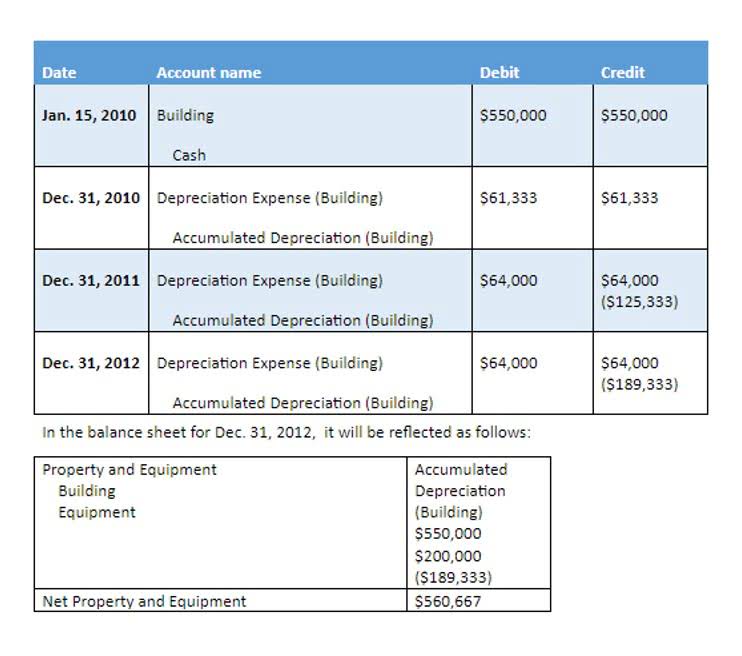What Is Shareholders Equity?
Content

Those with negative trending shareholder’s equity could be in financial trouble, especially if they carry significant debt. The final item included in shareholders’ equity is treasury stock, which is the number of shares that have been repurchased from investors by the company. It might sell the stock at a later date to raise capital or it might use it to prevent a hostile takeover. This figure is typically the largest line item in the shareholders’ equity calculation. You can find a company’s retained earnings on its balance sheet under shareholders’ equity or in a separate statement of retained earnings.
- Market analysts and investors prefer a balance between the amount of retained earnings that a company pays out to investors in the form of dividends and the amount retained to reinvest back into the company.
- For example, investors might own shares of stock in a publicly-traded company.
- The number of shares issued refers to the number of shares issued by the corporation and can be owned by either external investors or by the corporation itself.
- Shareholder equity is the difference between a firm’s total assets and total liabilities.
- On the other hand, positive shareholder equity shows that the company’s assets have been grown to exceed the total liabilities, meaning that the company has enough assets to meet any liabilities that may arise.
Cash, cash equivalents, land, machinery, inventory, accounts receivable, and other assets are examples of assets. Next, the “Retained Earnings” are the accumulated net profits (i.e. the “bottom line”) that the company held onto as opposed to paying dividends to shareholders. Shareholders’ equity is defined as the residual claims on the company’s assets belonging to the company’s owners once all liabilities have been paid down. Stockholders’ equity can be referred to as the book value of a business, since it theoretically represents the residual value of the entity if all liabilities were to be paid for with existing assets.
Shareholders’ Equity
The balance sheet shows this decrease is due to both a reduction in assets and an increase in total liabilities. Shareholders’ equity represents the net value of a company, or the amount of money left over for shareholders if all assets were liquidated and all debts https://www.bookstime.com/articles/what-are-current-assets repaid. Shareholders’ equity may be calculated by subtracting its total liabilities from its total assets—both of which are itemized on a company’s balance sheet. Treasury stock refers to shares that a corporation has repurchased from its shareholders and now holds.
Total stockholders’ equity represents the company’s remaining value after liabilities are subtracted from assets. Stockholders’ equity is comprised of several components, including contributed capital, retained earnings, dividends and treasury stock. Understanding the components of stockholders’ equity can help you determine if an investment is right for your portfolio. Suppose the fictional Corporation W is putting together its balance sheet and needs to figure out its stockholders’ equity. The company has $500,000 in total assets between the property it owns and its cash in the bank. Corporation W also has $175,000 in total liabilities, including the debt it owes to the bank and its current accounts payable, or the payments it owes to vendors and suppliers.
What are the Components of Shareholders Equity?
Shareholder equity alone is not a definitive indicator of a company’s financial health. If used in conjunction with other tools and metrics, the investor can accurately analyze the health of an organization. Additional paid-up capital (also called share premium) represents the amount received from investors on all shares issued by a company is excess of the balance in common stock account. If a corporation does not record par value, the entire proceeds from issued stock is recorded in the common stock account. Whether or not a company includes par value in its financial statements, the effect is the same to stockholders’ equity.
- If it’s in positive territory, the company has sufficient assets to cover its liabilities.
- In contrast, a sole proprietorship can be started in minutes, sometimes with nothing more than opening a business checking account.
- Keep in mind, other fees such as trading (non-commission) fees, Gold subscription fees, wire transfer fees, and paper statement fees may apply to your brokerage account.
- Stockholders’ equity is also referred to as shareholders’ or owners’ equity.
- Next, the “Retained Earnings” are the accumulated net profits (i.e. the “bottom line”) that the company held onto as opposed to paying dividends to shareholders.
However, since the market value and carrying amount of assets and liabilities do not always match, the concept of book value does not hold up well in practice. Current assets are those that can be converted to cash within a year, such as accounts receivable and inventory. Long-term assets are those that cannot be converted to cash or consumed within a year, such as real estate properties, manufacturing plants, equipment, and intangible items like patents. However, shareholders’ equity alone may not provide a complete assessment of a company’s financial health.
How Stockholders’ Equity Works
The retained earnings are used primarily for the expenses of doing business and for the expansion of the business. Long-term assets are possessions that cannot reliably be converted to cash or consumed within a year. They include investments; property, plant, and equipment (PPE), and intangibles such as patents. Shareholder equity represents the total amount of capital in a company that is directly linked to its owners. Get instant access to lessons taught by experienced private equity pros and bulge bracket investment bankers including financial statement modeling, DCF, M&A, LBO, Comps and Excel Modeling.

Another benefit of share buybacks is that such corporate actions can send out a positive signal to the market, much like dividends, without the obligation to maintain the repurchases (e.g. a one-time repurchase). The “Treasury Stock” line item refers to shares previously issued by the company that were later repurchased in the open market or directly from shareholders. There is a clear distinction between the book value of equity recorded on the balance sheet and the market value of equity according to the publicly traded stock market. Otherwise, an alternative approach to calculate shareholders’ equity is to add up the following line items, which we’ll explain in more detail soon. Total equity effectively represents how much a company would have left over in assets if the company went out of business immediately.
Preferred stock
For example, if a company has hedged a bond with an option, changes in value of the option which successfully offsets changes in fair value of the bond is accounted for in reserve for cash flow hedge. Contributed capital is the total consideration received from shareholders in return of stockholders equity is the ownership right. Shareholder equity is one of the important numbers embedded in the financial reports of public companies that can help investors come to a sound conclusion about the real value of a company. Retained earnings should not be confused with cash or other liquid assets.
Stockholders’ equity is equal to a firm’s total assets minus its total liabilities. An alternative calculation of company equity is the value of share capital and retained earnings less the value of treasury shares. Paid-in capital excess of par is the additional paid-in capital a corporation receives in excess of the stock’s face value.
Components of Shareholders’ Equity
Share capital includes all contributions from the company’s stockholders to purchase shares in the company. Retained earnings are the accumulated profits, or business earnings minus dividends paid out to shareholders. Treasury shares are those that have been issued by the company but then later repurchased. These must be deducted from stockholders’ equity, as they’re owned by the company. Shareholders’ equity represents the net worth of a company, which is the dollar amount that would be returned to shareholders if a company’s total assets were liquidated, and all of its debts were repaid.
For example, stockholders’ equity represents the amount of assets remaining after subtracting total liabilities from total assets on a company’s balance sheet. So, if a company had $2 million in assets and $1.2 million in liabilities, its stockholders’ equity would equal $800,000. Share Capital (contributed capital) refers to amounts received by the reporting company from transactions with shareholders.
Additional Paid-In Capital
Both total assets and total liabilities will be listed on the balance sheet. Current assets are generally liquid, or those which could be easily converted into cash in the short term, such as accounts receivable and inventory. Long-term assets include intangibles like intellectual property and patents, along with property, plant, and equipment (PPE) and investments. Shareholder or stockholders’ equity is one simple calculation to pay attention to. While there are exceptions – e.g. dividend recapitalization – if a company’s shareholders’ equity remains negative and continues to trend downward, it is a sign that the company could soon face insolvency.
- Retained earnings are a company’s net income from operations and other business activities retained by the company as additional equity capital.
- Accounts payable, taxes payable, bonds payable, leases, and pension obligations are all included.
- Shareholders’ equity (SE) is also known as stockholders’ equity, both with the same meaning.
- Liabilities can include long term obligations such as the loan on a building.
- A company’s equity is used in fundamental analysis to determine its net worth.
- It is the net worth of a company and can also be called “owners’ equity” or “shareholders’ equity.” It can be found on a firm’s balance sheet and financial statements, along with data on assets and liabilities.
